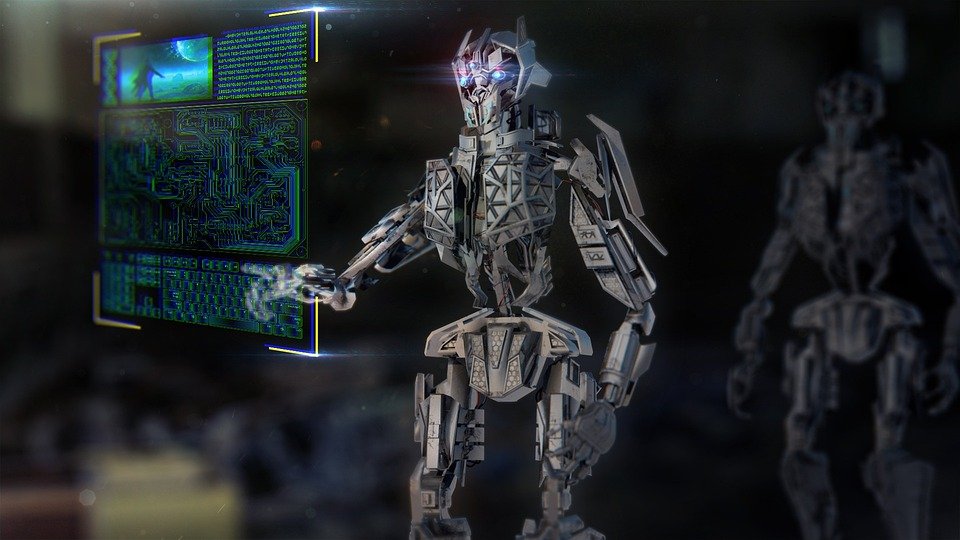Beyond Temporary Measures: Paving the Way for Forever Sustainable Solutions
Introduction
Sustainability has become an increasingly significant topic in recent years, as the world grapples with the challenges of climate change, resource depletion, and environmental degradation. While temporary measures and short-term fixes have been implemented to mitigate the immediate impact of these issues, it is essential to look beyond quick fixes and focus on long-term, forever sustainable solutions. This article explores the importance of moving beyond temporary measures and discusses the strategies and initiatives required to pave the way for a sustainable future.
Why Temporary Measures Are Not Enough
Temporary measures, although helpful in the short run, are not sufficient to address the complex and interconnected challenges we face today. These measures often focus on addressing symptoms rather than tackling the root causes of sustainability issues. For example, introducing a ban on single-use plastics may reduce plastic waste temporarily, but it does not address the underlying issue of excessive plastic consumption and production.
Moreover, temporary measures may create a false sense of accomplishment, leading to complacency and a lack of urgency in implementing lasting solutions. To achieve true sustainability, it is crucial to go beyond quick fixes and adopt a comprehensive, forward-thinking approach.
Paving the Way for Forever Sustainable Solutions
To pave the way for forever sustainable solutions, several key strategies and initiatives need to be implemented:
1. Education and Awareness
Education plays a fundamental role in fostering a sustainable mindset. By integrating sustainability into school curricula and raising awareness about the importance of sustainable practices, future generations can grow up with a deep understanding of the need for long-lasting solutions. Additionally, public awareness campaigns and community engagement initiatives can empower individuals to make sustainable choices in their daily lives.
2. Collaboration and Partnerships
Addressing sustainability challenges requires collaboration across various sectors. Governments, businesses, non-profit organizations, and individuals must work together to develop and implement sustainable solutions. Partnerships can facilitate knowledge-sharing, resource allocation, and the creation of innovative ideas that can lead to long-term sustainability.
3. Policy and Regulation
Effective policies and regulations are crucial in paving the way for sustainable solutions. Governments need to enact legislation that promotes sustainable practices, incentivizes renewable energy adoption, and discourages environmentally harmful activities. By implementing robust regulations, governments can create a framework that encourages businesses and individuals to prioritize sustainability in their decision-making processes.
4. Innovation and Technology
Advancements in technology and innovation can play a significant role in achieving sustainable solutions. Investing in research and development of clean technologies, renewable energy sources, and eco-friendly materials can lead to breakthroughs that revolutionize industries and reduce environmental impact. Encouraging innovation through funding and support can accelerate the transition towards forever sustainable solutions.
5. Circular Economy Approach
A transition from a linear economy to a circular economy is essential for long-term sustainability. The circular economy aims to minimize waste, maximize resource efficiency, and promote recycling and reuse. By adopting circular economy principles, such as designing products for durability and recyclability, implementing efficient waste management systems, and encouraging product sharing and leasing, we can reduce environmental impact and create a more sustainable future.
FAQs (Frequently Asked Questions)
Q: Why is it important to move beyond temporary measures?
A: Temporary measures only provide short-term relief and do not address the root causes of sustainability issues. To create a lasting impact and ensure a sustainable future, it is crucial to implement long-term solutions that tackle the underlying challenges.
Q: How can education contribute to forever sustainable solutions?
A: Education plays a key role in creating awareness and fostering a sustainable mindset. By integrating sustainability into school curricula and raising awareness about sustainable practices, we can empower future generations to make informed choices and prioritize sustainability in their daily lives.
Q: Why is collaboration important in achieving sustainability goals?
A: Sustainability challenges are complex and interconnected, requiring collaboration between various stakeholders. Governments, businesses, non-profit organizations, and individuals must work together, leveraging their unique expertise and resources, to develop and implement effective sustainable solutions.
Q: How can technology and innovation contribute to forever sustainable solutions?
A: Technological advancements and innovation can lead to breakthroughs in clean energy, resource efficiency, and eco-friendly materials. By investing in research and development, we can develop sustainable technologies that revolutionize industries and reduce environmental impact.
Q: What is a circular economy, and why is it important?
A: A circular economy is an economic model that aims to minimize waste, maximize resource efficiency, and promote recycling and reuse. By transitioning from a linear economy to a circular economy, we can reduce environmental impact, conserve resources, and create a more sustainable future.
Conclusion
Moving beyond temporary measures is crucial to pave the way for forever sustainable solutions. By prioritizing education and awareness, fostering collaboration and partnerships, enacting effective policies and regulations, investing in innovation and technology, and embracing the principles of a circular economy, we can create a sustainable future for generations to come. It is our collective responsibility to act now and make the necessary changes that will lead us towards a better, more sustainable world.

